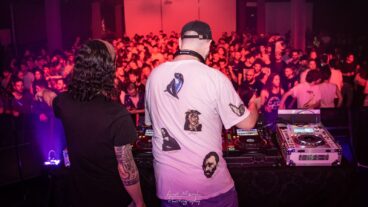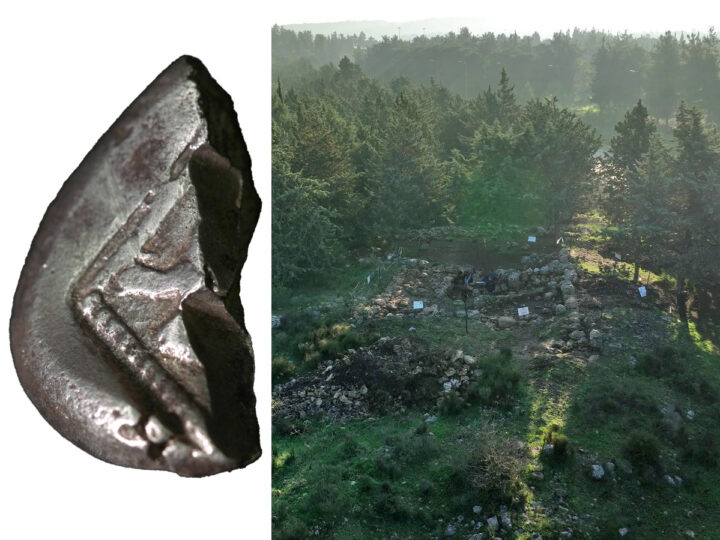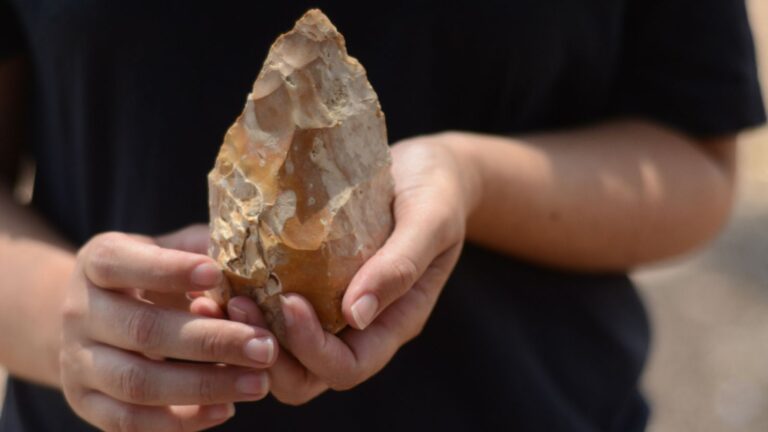A hoard of ancient silver and bronze coins found by archaeologists in the Israeli city of Lod provides the first evidence of a Jewish uprising against Roman rule almost 1,700 years ago.
The 94 coins were discovered under the floor of a public Jewish building — likely a synagogue — that was violently destroyed during the Gallus Revolt of 351-354 CE.
Experts are convinced the coins were deliberately hidden in the hope that the owners would be able to retrieve them in the future. They never returned.
The Romans had ruled what was then Palaestina since the destruction of the Second Temple in 70 CE and had quashed the famous Bar Kochba revolt 200 years earlier.
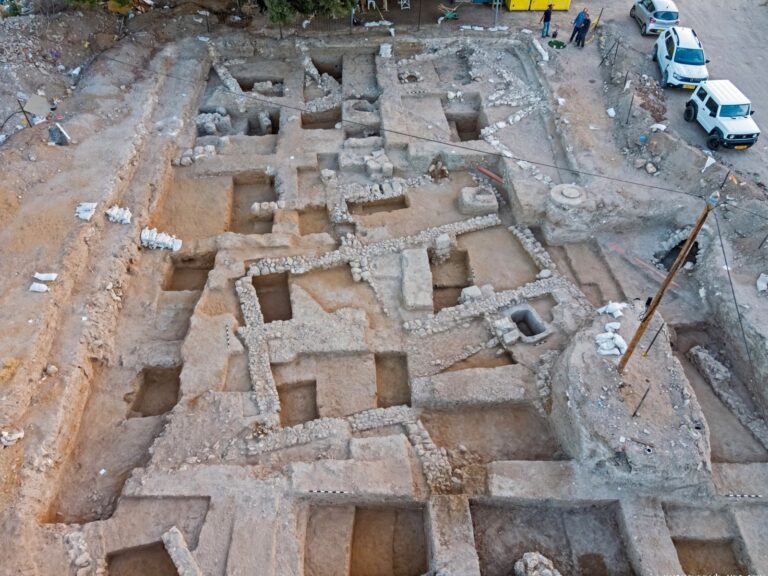
The discovery of the coins and of the remnants of the building in which they were found is the first physical evidence of what turned out to be the last Jewish revolt against Roman persecution in Israel.
It also indicates that the uprising, barely mentioned in surviving texts, was dealt with by the forces of Caesar Flavius Constantius Gallus with far greater violence than was originally thought.
Excavations carried out jointly by the Israel Antiquities Authority (IAA) and Lod Municipality unearthed stone and marble artifacts bearing inscriptions in Hebrew, as well as Greek and Latin.
That, together with the complete absence of pig bones beneath the building — which was built during the Late Roman or Early Byzantine period — is how they are certain of the building’s links with the Jewish community.
The city of Lod, 15 kilometers from modern day Tel Aviv, remained a center of Jewish life and Torah study for centuries after most Jews were killed or displaced.
According to Talmudic writings, Lod — known to Romans as Diospolis — was home to Rabbi Eliezer ben Horkanos, Rabbi Tarfon, Rabbi Akiva, Rabbi Yosi HaGalili and other notable sages of the era.
“In all likelihood this is a magnificent Jewish building that housed the city’s elders,” noted Shahar Krispin, of the Israel Antiquities Authority.
“This building, destroyed down to its very foundation, is a clear indication that the revolt was forcefully put down with violence and cruelty, and was not simply a local uprising event, as some earlier studies contended.”
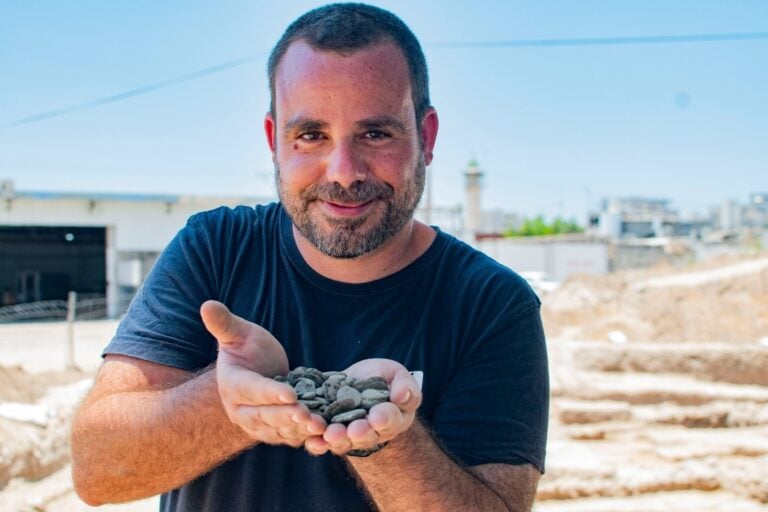
There is evidence that major Jewish communities in Zipori and Tiberias, in northern Israel, were also destroyed by Gallus.
Professor Joshua Schwartz, who studies Talmudic period Lod and heads the IAA council, elaborated on the findings’ significance.
“It is clear is that the building’s size, the coin hoard and the assemblage of archaeological finds produced by the excavation, fit well with Lod’s description in both Jewish and non-Jewish sources as a center of Torah-true Jewish life in the Mishnah and Talmud periods.”
A book detailing the Lod findings was launched earlier this month at the annual Central Israel Region Archaeological Conference at the Eretz Yisrael Museum in Tel Aviv.




